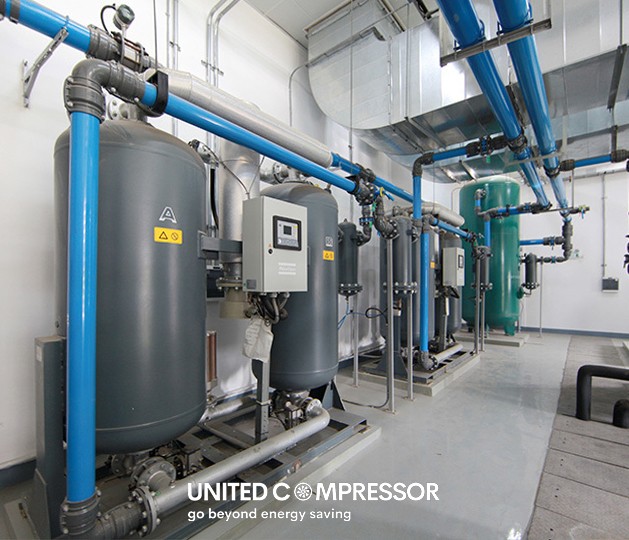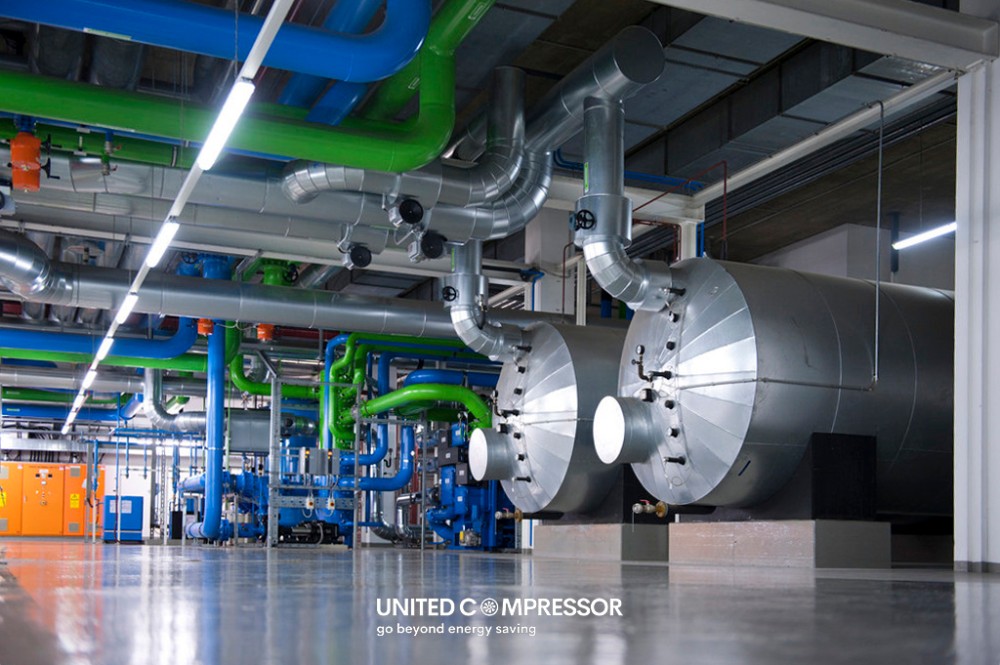All aluminum alloy compressed air pipes widely used to transport compressed air, nitrogen, inert gases and air vacuum. These compressed air pipes have become mainstream in multinational enterprises, and their advantages over the traditional seamless steel pipes and aluminum alloy compressed air pipes are evident. Aluminum alloy compressed air has the advantages of cleanness, rust resistance, corrosion resistance, lightweight, simple installation, and can reuse. These advantages make the aluminum alloy piping of air compressor win the recognition of users of various well-known enterprises.
The corrosion resistance of all aluminium alloy compressed air pipes reduces the risk of leakage and ensures stable pressure drop over a long time, reducing unnecessary energy waste. The smooth internal wall provides more airflow with less pressure drop, significantly reducing operating costs. Accurate pipe diameter prevents variable diameter pressure drop. Also, full diameter design of components reduces pressure drop. Steady flows of high-quality compressed air from the point of air production to each end of use that avoids secondary contamination while protecting downstream equipment and manufacturing processes.

Aluminum alloy piping system resists to corrosion and mechanical vibration. Can withstand complex weather conditions, stably deliver high-quality clean air, to ensure the long service life of the equipment. Air compressor aluminium alloy piping will gradually replace the traditional seamless steel pipe which is easy to rust, and more widely used as the compressed air pipe in various fields.

· Corrosion Resistance
· Long Life
· Smooth Internal Wall
· PVC, PPR and other pipelines, fragile material, easy to age burst, resulting in accidents.
· Carbon Steel pipelines easy to rust, and oil-water chemical reaction, resulting in corrosion leakage.
· Carbon steel pipelines, galvanized pipelines and other traditional pipelines are rough on the inner wall, pressure drop during the gas transmission process is extensive, resulting in additional energy efficiency loss.